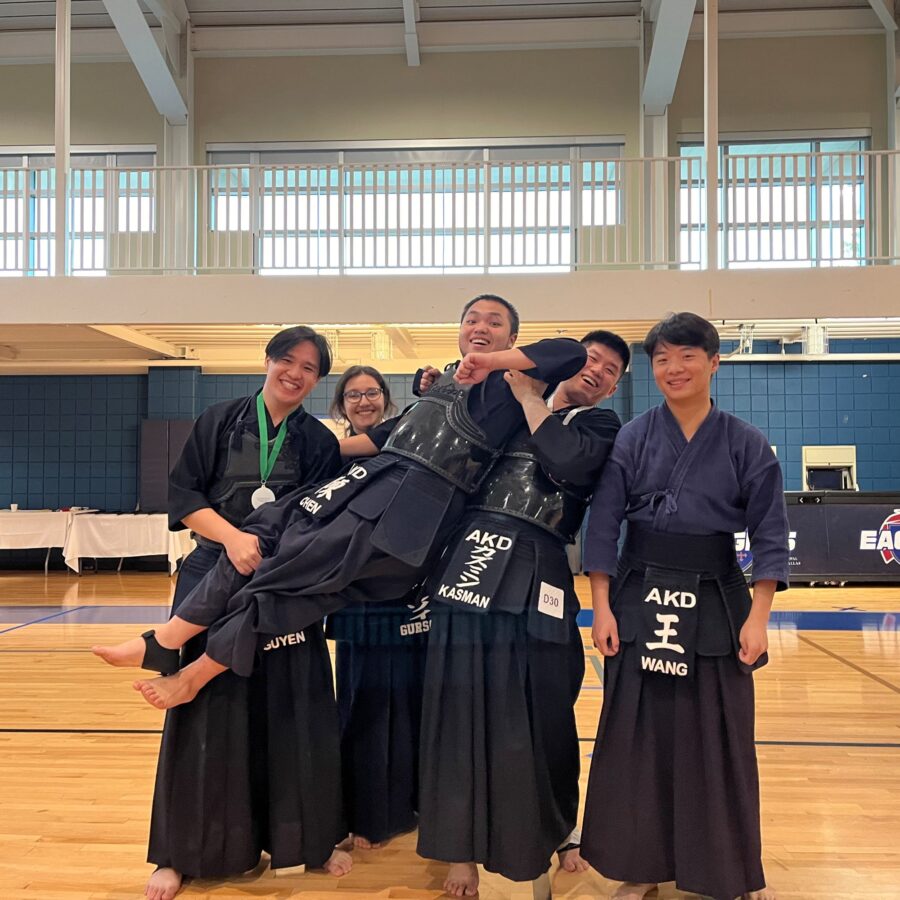
I felt like my dreams came true when I received news that I was accepted to a study abroad program in Spain. Once I knew I would go overseas for a semester, I began to research like crazy to feel as prepared as possible.
I wanted to know what students typically ate, if Europeans wore sneakers and blue jeans, and how my schedule would be affected by the famous Spanish “siesta.” I found basic information online, but nothing compares to firsthand experiences. Today, I will share the answers to these questions and give you an idea about student life in northern Spain.
Yes, Students Do Wear Blue Jeans
Although they don’t wear them with cowboy boots, one of the first things I noticed when I went to class was that students dress a little nicer to attend lectures.
Here, the women wear long trench coats to keep warm and usually some type of boot with a heel. Women also carry their books in book bags, not backpacks. The guys wear sweaters, long pants and polos.
That’s not to say that you’ll never see anyone wearing a T-shirt or Converse tennis shoes, but don’t count on wearing leggings or hoodies to class.
Class Time is Different in Spain
At the University of Navarra (UNAV) in Pamplona, lectures are structured differently than lectures back home in the United States. Professors present for 45 minutes, then they give students a 10-15 minute break before concluding the class with a 30-minute lecture. I found this to be helpful in keeping my attention and focus.
That being said, it introduces another temptation, which is coffee and pastries. Almost every building contains a cafeteria that sells chocolate croissants, Spanish tortillas, warm sandwiches and cheap coffee. Many students use their break to grab a coffee, use the restrooms and process the information they’ve been taught.
No More Late Nights at the Library
One of the hardest things I’ve had to get used to in Spain is my new schedule. The sun doesn’t rise until 8:30 a.m., lunch isn’t served until 1:30 p.m., and dinner can last well into the night. Oftentimes, I get ready for bed in my apartment around 8-9 p.m., when my roommates are just beginning to eat dinner.
This all means I’m getting up later than I usually would in Texas. It also means that students usually don’t stay on campus until the late hours of the night.
The UNAV campus closes its doors at 9 p.m., and students head back home or to dinner at that time. There don’t seem to be any 24-hour study spaces available — unless you count your own apartment.

UNAV Has a Catholic Identity
Another interesting detail about the culture at UNAV, a private university, is the influence of Catholicism that is prevalent on campus. Each building has its own oratory (a small, semiprivate chapel), and each classroom is adorned with a crucifix or image of Mother Mary and Jesus Christ.
Additionally, each faculty has a patron saint. On each patron saint’s holiday, students who work with that specific faculty member enjoy a special party put on by their school. I am part of the Communications School, and we recently celebrated the patron saint of journalism, San Francisco de Sales, on January 24. The school put on a concert, organized lawn games and gave awards to outstanding faculty members.
Leaning Into the Culture Means You Are Not Alone
My attempt to research all the cultural nuances of Spain beforehand didn’t yield much fruit. I had to actually set foot in Pamplona and experience these changes myself to learn from them. Rather than relying on strangers via the internet for information, I can reach out to people whose specific job is to help exchange students learn their traditions. I’m talking about Texas Global program coordinators.
My coordinator put me in contact with an alumnus from The University of Texas at Austin who studied at UNAV and also pointed me toward the school’s “Buddy Program” for exchange students. I was paired with a full-time student here in Spain, who has shown me where to find the best coffee spots in town, answered my questions about class registration and told me where to go buy my own long coat.
I understand if you find yourself afraid to apply for exchange programs or nervous about buying your plane ticket once accepted. But I’m here to tell you that you won’t have to learn all these things on your own.
This post was contributed by Paula Stenkamp, a Global Ambassador for Spring 2024. Paula is a senior public relations studies major studying abroad in Pamplona, Spain.





